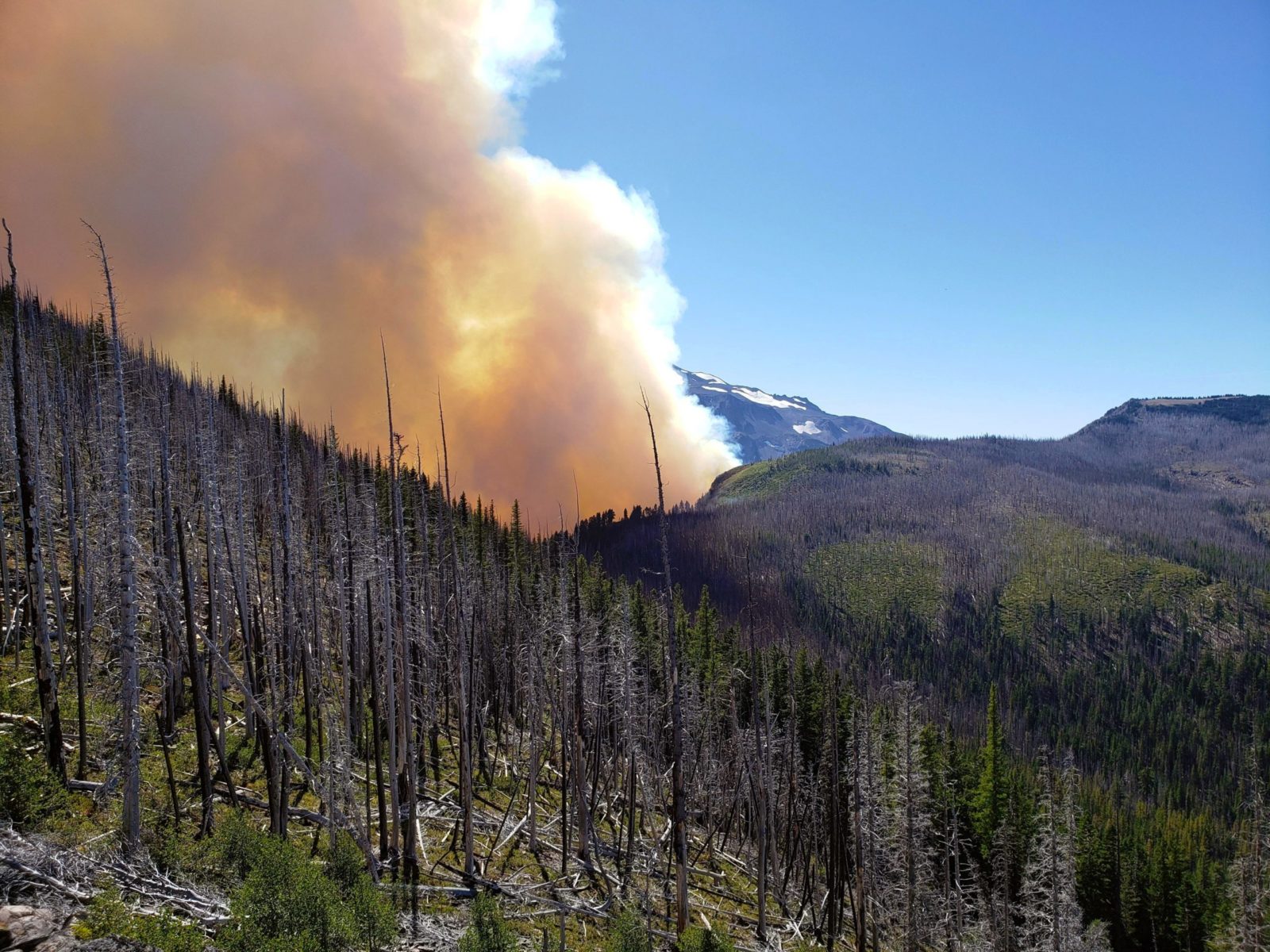A recent report on the 2020 Oregon wildfires finds “little evidence to support the use of fuel treatments to mitigate fire severity under extreme fire-weather conditions.” Published in Ecosphere by researchers with the Forest Service and Oregon State University, the report concludes, “The influence of forest management on fire severity was minimal, and variation in forest structure or fuels played relatively little role.”
The researchers also found the 2020 fires were “remarkably consistent” with historical fires, based on reports from the early 1900s and “paleo- and dendroecological records,” which document similar and perhaps larger wildfires in the region over the past millennium. These previous fires “shared similar seasonality, weather conditions, and even geographic locations.”
The study also notes, “Conflicting, uncertain, and oversimplified explanations of the 2020 Labor Day fires signal how unfamiliar modern society is with wildfires in wetter forest types of the western United States.” Drier forests, where fires are more frequent, inform “much of what we know about fire, fuels, and climate,” but that knowledge “cannot be readily transferred to wetter forests,” the study finds.
Since “fuel treatments” — things like forest thinning and creating fuel breaks — “are unlikely to mitigate fire severity during extreme weather,” the researchers recommend focusing on other measures “to help reduce losses,” including implementing Firewise USA principles and “structural-hardening techniques.”
The Firewise program provides practical principles to protect lives and property: “Wildfire behavior is influenced by three main factors: topography (lie of the land), weather (wind speed, relative humidity and ambient temperature) and fuel (vegetation and man-made structures). … Of these three factors, fuel is the only one we can influence” ().
The Firewise Guide notes that things like dead leaves and pine needles on decks and in gutters can ignite from embers and that fire burning along the ground can “ladder” into shrubs and low-hanging branches, creating larger flames. Combustible residential features like wood siding and wood (shake) shingles can also serve as fuel “and become part of a disastrous chain of ignitions to other surrounding homes and structures.”
Other risks include “vulnerable openings” such as unscreened attic vents, which can allow wind-blown embers to ignite fire inside the home. In addition to vulnerabilities from construction materials and unscreened vents, the Guide emphasizes the surrounding landscape up to 100 feet as a more significant risk factor than where the home is located — e.g., in the wildland-urban interface versus a more urban setting.


